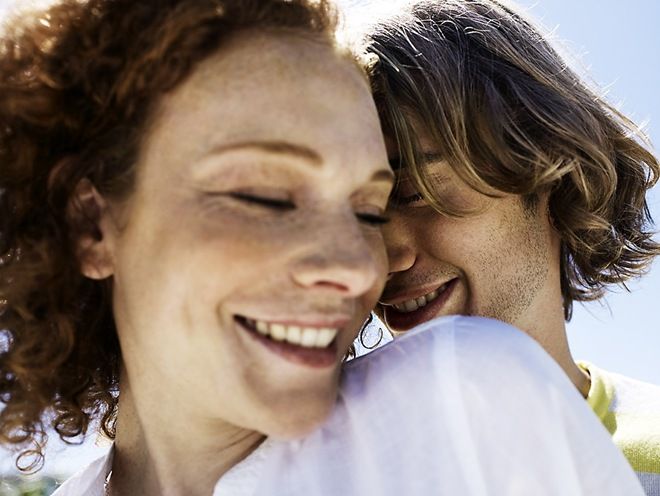|
|
People In Portraits By Bernd Opitz
|
History
Some of the earliest surviving painted portraits of people who were not kings or emperors, are the funeral portraits that survived in the dry climate of Egypt's Fayum district. These are almost the only paintings from the classical world that have survived, apart from frescos, though many sculptures survive, and portraits on coins.
The art of the portrait flourished in Ancient Greek and especially Roman sculpture, where sitters demanded individualized and realistic portraits, even unflattering ones. During the 4th century, the portrait began to retreat in favor of an idealized symbol of what that person looked like. (Compare the portraits of Roman Emperors Constantine I and Theodosius I at their entries.) In the Europe of the Early Middle Ages representations of individuals are mostly generalized. True portraits of the outward appearance of individuals re-emerged in the late Middle Ages, in tomb monuments, donor portraits, miniatures in illuminated manuscripts and then panel paintings.
|
|









